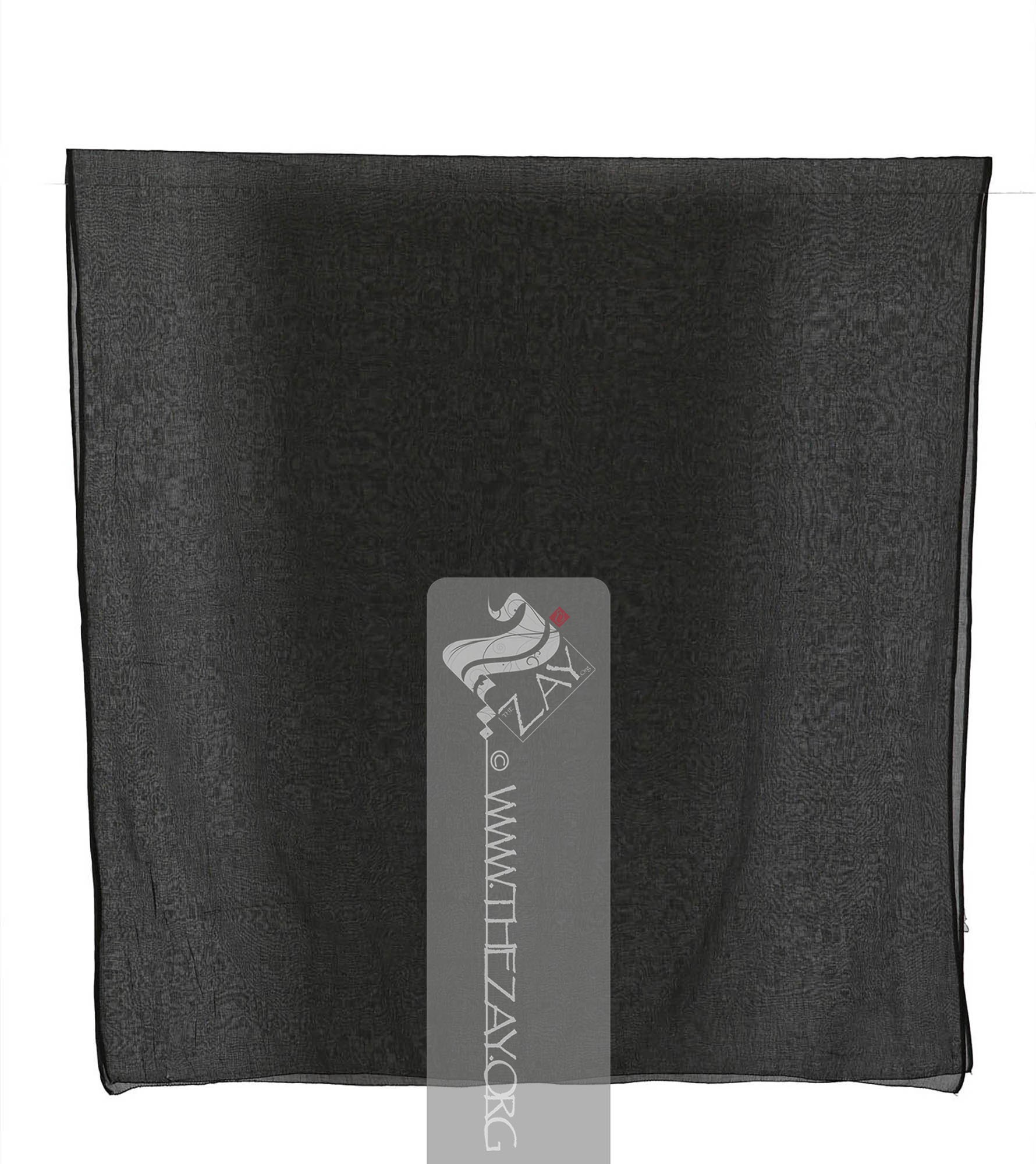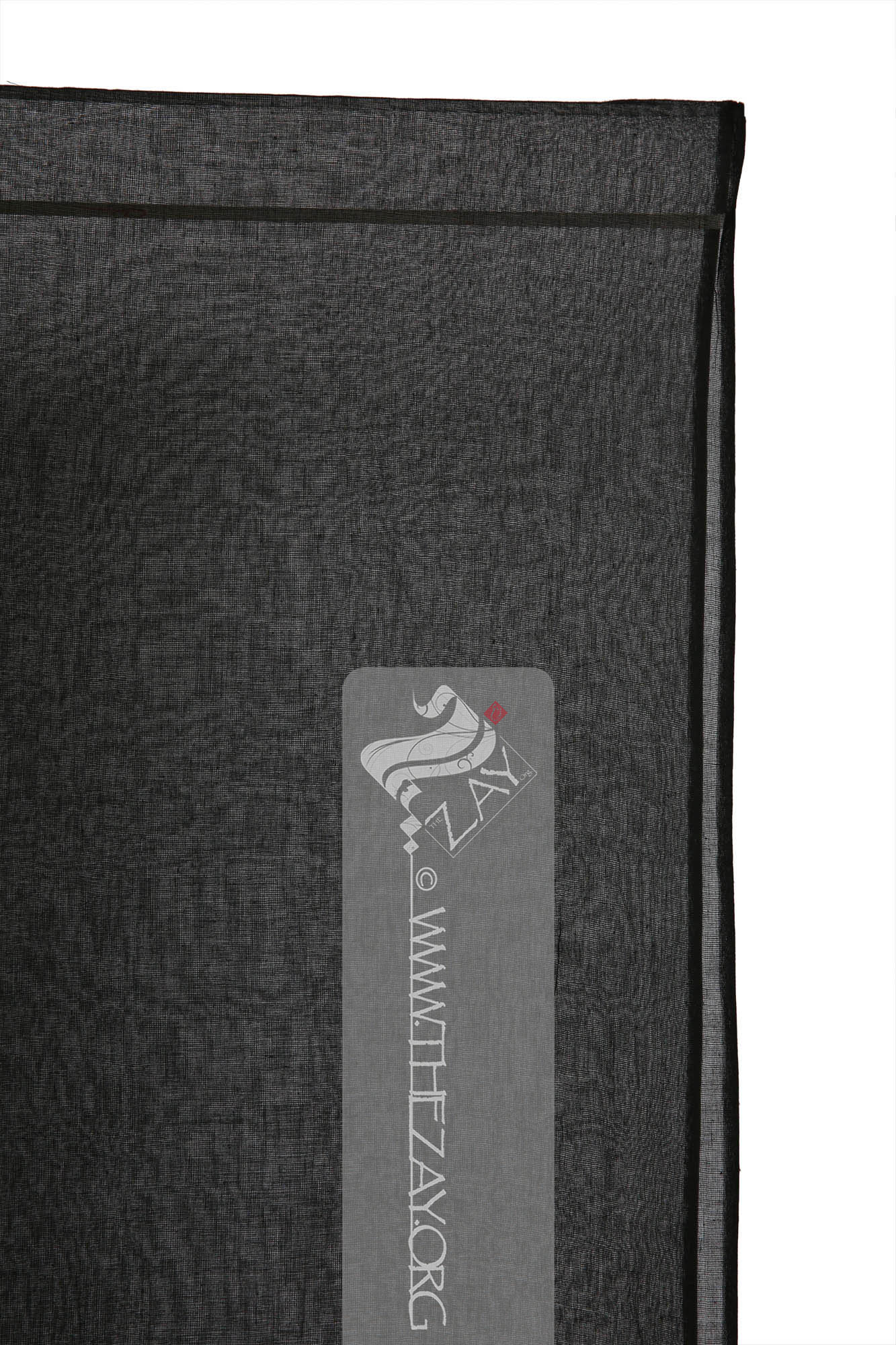








| Local Name | Shaylah nidwah, shaylah wasmah, wigayah, ghishwah |
| Object Category | Headwear |
| Gender | Female |
| Date of object | Circa 1982 |
| Place Of orgin | Asia |
| Region | Hatta, UAE |
| Object Range | UAE, Qatar, Oman, Bahrain, Kuwait, KSA |
| Dimensions | Length: 232 cm Width: 113 cm |
| Materials | Cotton |
| Color | |
| Provenance | Gifted, Selma Ahmed, Um Salim, Hatta 1982 |
| Location | The Zay Zay: (Arabic: costume, Pl. azyaā’), a set of clothes in a style typical of a particular country or historical period. Initiative |
| Status | In storage |
| ZI number | ZI1982.500303 UAE |
Tallī: (Turkish: tel – wire, string), Gulf Arab – a woven braided trimming made with metal wire, threads and ribbons often sewn on detachable panels used as embellishments. Other – (Synonym: tulle_bi_talli
Tūlle_bi_tallī: (French: Tulle – a city in France where fine material for veil was first made; Turkish: tel – wire; Synonym: tariq; talli; badla; khus_dozi ), series of small metal knots made on a woven net ground as embellishment. The term is commonly used in the North African Arab region specifically in Egypt.
Tallī: (Turkish: tel – wire, string), Gulf Arab – a woven braided trimming made with metal wire, threads and ribbons often sewn on detachable panels used as embellishments. Other – (Synonym: tulle_bi_talli
Tūlle_bi_tallī: (French: Tulle – a city in France where fine material for veil was first made; Turkish: tel – wire; Synonym: tariq; talli; badla; khus_dozi ), series of small metal knots made on a woven net ground as embellishment. The term is commonly used in the North African Arab region specifically in Egypt.